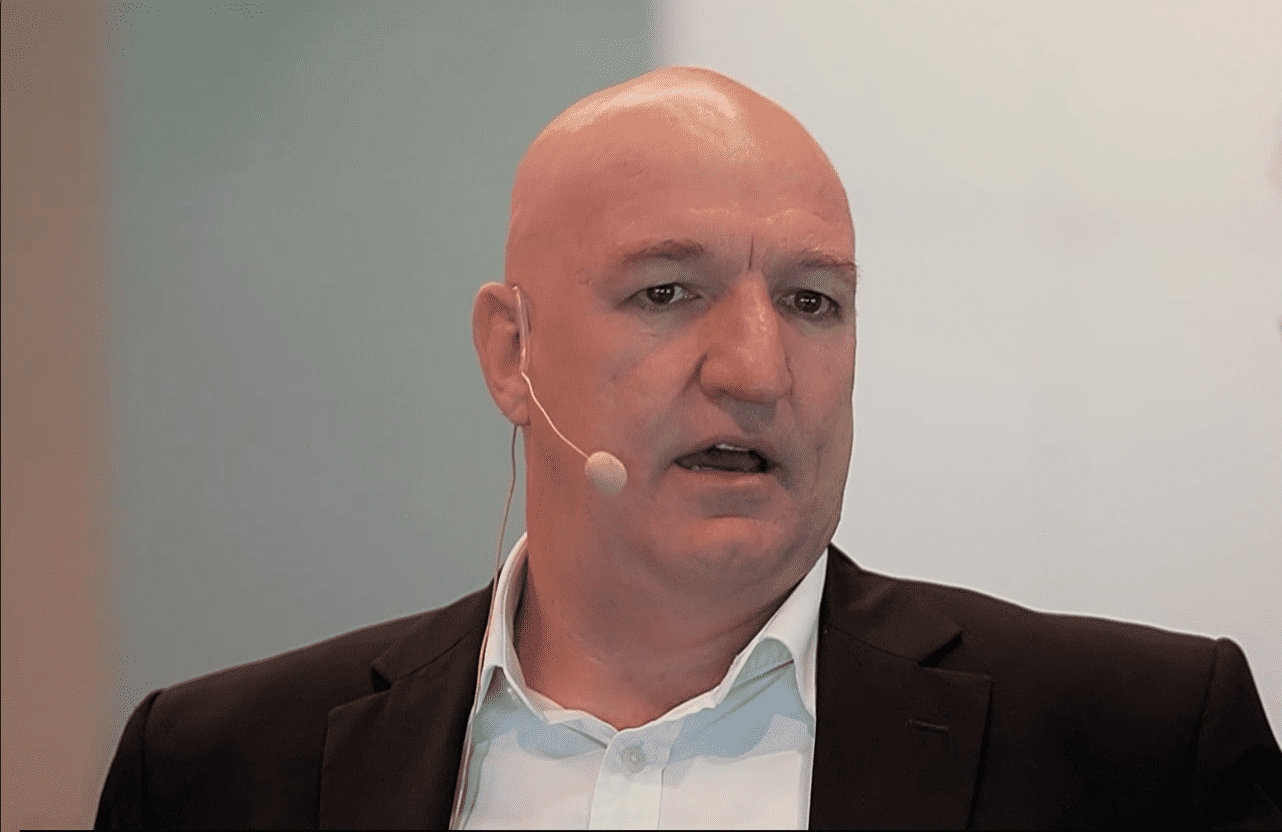The Motley Fool's Tim Hanson in the US conceptualised what he dubbed the 'humility curve'.
It depicts the typical journey of an investor. Usually, investors start out with shares they understand.
They'll then crank the complexity of an investment up a few notches (or 10), throwing money into riskier prospects in the hope of higher returns.
With years of experience, investors blossom from naive to humble, realising that complexity doesn't necessarily have a positive correlation with making money.
Tim Hanson illustrated his own humility curve, which you can see below.

My own investing journey has followed a similar curve, though I'm not nearly as far along.
But going right back to where it all began, I kept it very simple.
My first ASX investment
If I could pinpoint the impetus of my investing journey, I'd say it was the Commonwealth Bank of Australia (ASX: CBA) that really set the wheels in motion.
See, I was signed up to CBA's 'Youthsaver' bank account. Which, as the name suggests, was only available to youths.
As I neared my 18th birthday, the bank sent me a booklet in the mail. They explained that as I was (officially) becoming an adult, I would have to transition to a new account. So, the booklet detailed different options on offer, along with the various features and 'perks'.
As I read through the options, I distinctly remember the proposed interest rates catching my eye. From memory, they were around 1%; far too low for my untrained eye.
So here, my journey into personal finance, and eventually investing, began.
My research led me to high-interest savings accounts. And it introduced me to the wonderful world of ASX exchange-traded funds (ETFs).
At the time, there was one ASX ETF, in particular, that I kept seeing everywhere. And I thought it suited my investment objectives to a tee.
That ASX ETF was… the Vanguard Diversified High Growth Index ETF (ASX: VDHG).
What's so good about the VDHG ETF?
Vanguard's range of diversified ETFs was the first of its kind on the ASX.
They're basically an ETF of ETFs. Or more simply, an ETF that's made up of other ETFs.
They're designed to make life easy for investors.
In one investment, you get access to a ready-made, diversified portfolio of sorts.
At the time, I was considering buying a few ETFs across Aussie shares, global shares, and bonds. With VDHG, I could get all of that in one fell swoop. And I'd have Vanguard to take care of the rebalancing for me.
At 0.27%, I think the management fees are fairly reasonable as well, sitting somewhere in between a plain index-tracking ETF and a more targeted thematic ETF.
The VDHG ETF, specifically, primarily invests in wholesale versions of the Vanguard Australian Shares Index ETF (ASX: VAS) and the Vanguard MSCI Index International Shares ETF (ASX: VGS).
It also has smaller weightings than other Vanguard funds across small companies, emerging markets, and bonds.
As the 'high growth' version, VDHG targets a 90% allocation to growth assets (e.g. shares) and a 10% allocation to income assets (e.g. bonds).
As Vanguard aptly describes, VDHG is "designed for investors with a high tolerance for risk who are seeking long-term capital growth". Being able to ride out inevitable market volatility over (hopefully) many decades, I thought this was the ETF for me.
But for investors with shorter investment horizons and/or lower tolerances for risk, Vanguard has three other diversified ETFs: VDGR (growth), VDBA (balanced) and VDCO (conservative). These ETFs have different target allocations across growth and income assets.
But nowadays, Vanguard isn't alone in offering diversified ETFs. BetaShares has also thrown its hat in the ring. And the one I'm especially interested in is the BetaShares Ethical Diversified High Growth ETF (ASX: DZZF). It offers a similar target allocation to VDHG but with an ethical tilt.
Where does the VDHG ETF sit in my portfolio?
To this day, the VDHG ETF forms a large part of the core of my portfolio. I know it's running along in the background, dividend reinvestment plan (DRP) and all, at worst achieving market returns.
And with my core taken care of, I'm comfortable taking higher-risk positions elsewhere, investing in individual ASX shares.
This is often known as the 'core and satellite' approach to portfolio construction. It combines the best of both worlds of passive and active investing.
As I continue along my humility curve, I've learned that it often pays to keep things simple. The VDHG ETF helps me to do just that.









